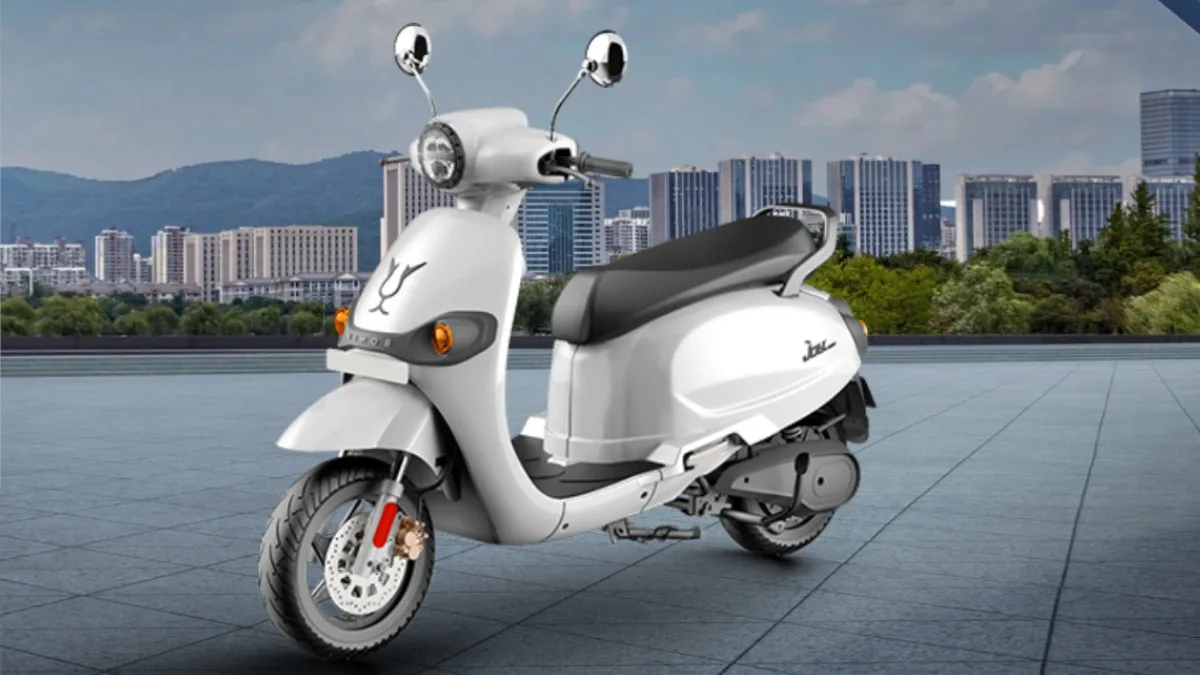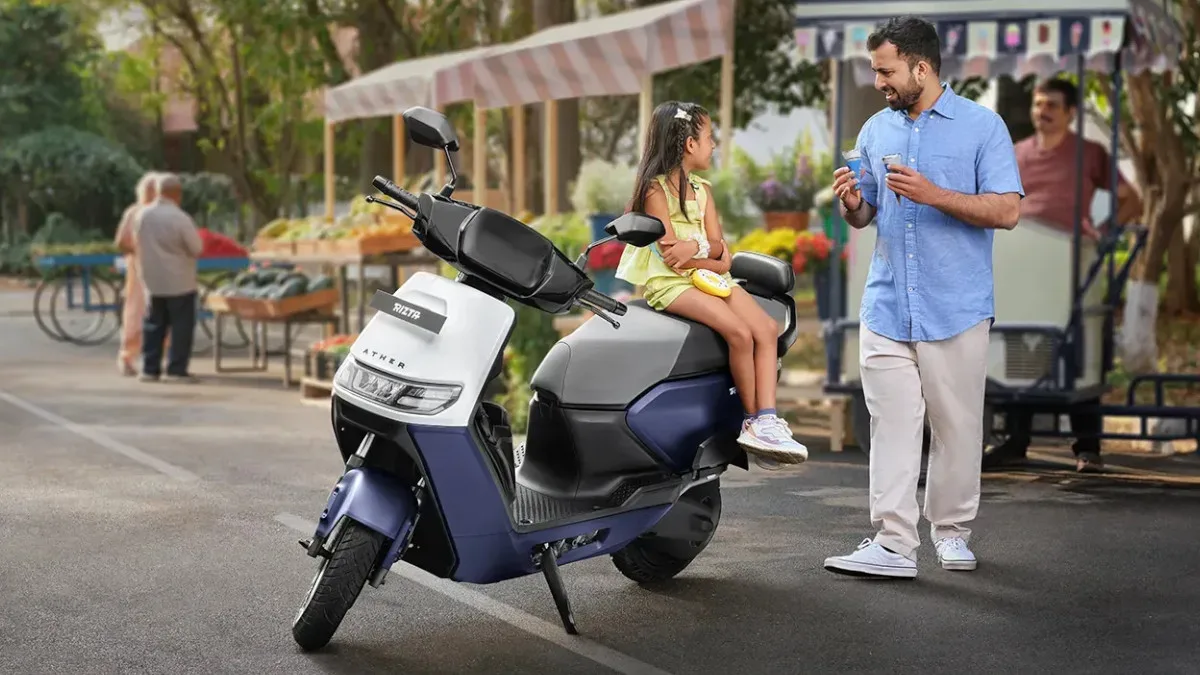
In a groundbreaking move, Tesla, the trailblazer in electric vehicles, has announced a recall affecting nearly 2 million vehicles in the United States and Canada due to concerns regarding its widely debated Autopilot feature. This recall, triggered by a meticulous two-year investigation conducted by the US National Highway Traffic Safety Administration (NHTSA), scrutinized 956 crashes directly associated with the use of the Autopilot feature.
The Scope of the Recall
This recall encompasses all variants of Tesla’s Model S, Model X, Model 3, and Model Y that are equipped with the Autosteer feature—a component embedded in Tesla’s vehicle lineup since 2012. Autosteer, a pivotal part of Tesla’s Autopilot suite, assists drivers by maintaining the vehicle in the correct lane. It operates synergistically with adaptive cruise control, matching the speed of the surrounding vehicles. Despite this automation, the driver remains obligated to keep their hands on the steering wheel at all times.
The Autosteer Fix: An Over-the-Air Solution
Tesla, in an official statement, acknowledged the issue, stating, “In certain circumstances when Autosteer is engaged, the prominence and scope of the feature’s controls may not be sufficient to prevent driver misuse of the Level 2 advanced driver-assistance feature.” The company swiftly outlined a comprehensive solution, set to be delivered via an over-the-air (OTA) software update, a testament to Tesla’s commitment to technological innovation.
The OTA fix encompasses a series of enhancements, including more conspicuous visual alerts on the user interface, streamlined engagement and disengagement processes for Autosteer, additional checks during activation, and even the potential suspension of the system if the driver is detected to be distracted. This approach ensures that the remedy is seamlessly integrated into the affected vehicles, eliminating the need for inconvenient visits to dealerships or garages.
The Nuances of Tesla’s Level 2 Autopilot Feature
Tesla’s Level 2 Autopilot feature is designed to provide support in steering, acceleration, and braking. However, contrary to its name, the driver is mandated to maintain constant awareness, with hands on the steering wheel. The NHTSA’s investigation uncovered a critical flaw in the system—it fails to adequately prompt a distracted driver, thereby permitting misuse.
Critics have seized upon Tesla’s nomenclature, arguing that the term “Autopilot” itself may be misleading to users regarding the feature’s actual capabilities. The NHTSA investigation aligns with these concerns, citing numerous accidents in the past that question the Autopilot features’ alignment with its name.
A Recurrent Issue: Tesla’s Second Autopilot Recall This Year
Remarkably, this is not Tesla’s inaugural encounter with Autopilot-related recalls. Earlier in the year, the company recalled nearly 350,000 vehicles due to concerns that the vehicles, when operating with Autopilot engaged, could violate traffic laws.
Discover more from Wheels Craze - Automotive News, EV News, Car News, Bike News
Subscribe to get the latest posts to your email.




